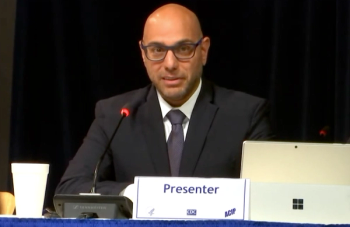
Private practice model may be threatened
Various factors combine to influence a practice's stability.
Key Points
REIMBURSEMENT PRESSURES ARE REAL
Further depressing income is the fact that practices' expenses are increasing at an average annual rate of 6%. Because of the high fixed cost (those costs that don't fluctuate with volume) nature of private practices, this inflation is paid entirely out of physician compensation.
JUST INCREASE PRODUCTION
The main strategy employed by physicians over the years to combat these economics was simply to work harder, in terms of hours and units. This presumed that there were additional units to be performed, which-until recently-largely was true. Several forces, however, have been eroding volumes, particularly in the spectrum of more lucrative tests and procedures.
Increased pre-authorization and pre-approval processes have become so onerous for the ordering physician that tests may not get done, either because of denials or bureaucracy fatigue. According to a survey of 2,400 physicians conducted by the American Medical Association (AMA) in November 2010, 37% of physicians experience a 20% rejection rate from insurers on first-time preauthorization requests for tests and procedures. Additionally, 57% of physicians experience a 20% rejection rate from insurers on first-time preauthorization requests for drugs. Beyond just the volume impact, these requests have real practice cost effects too, manifested in additional staffing requirements.
Newsletter
Stay informed and empowered with Medical Economics enewsletter, delivering expert insights, financial strategies, practice management tips and technology trends — tailored for today’s physicians.
















